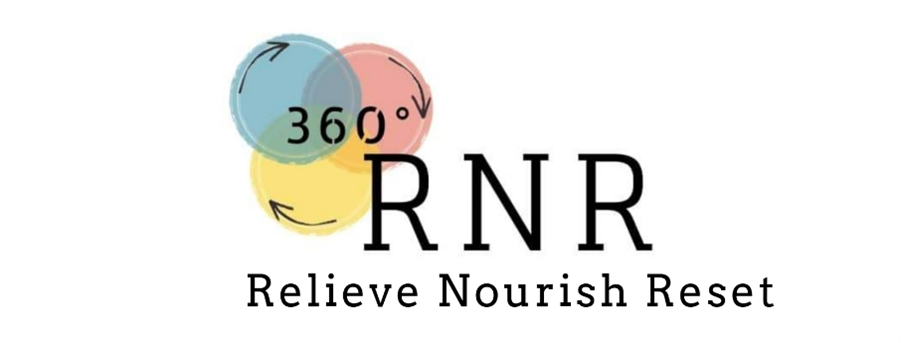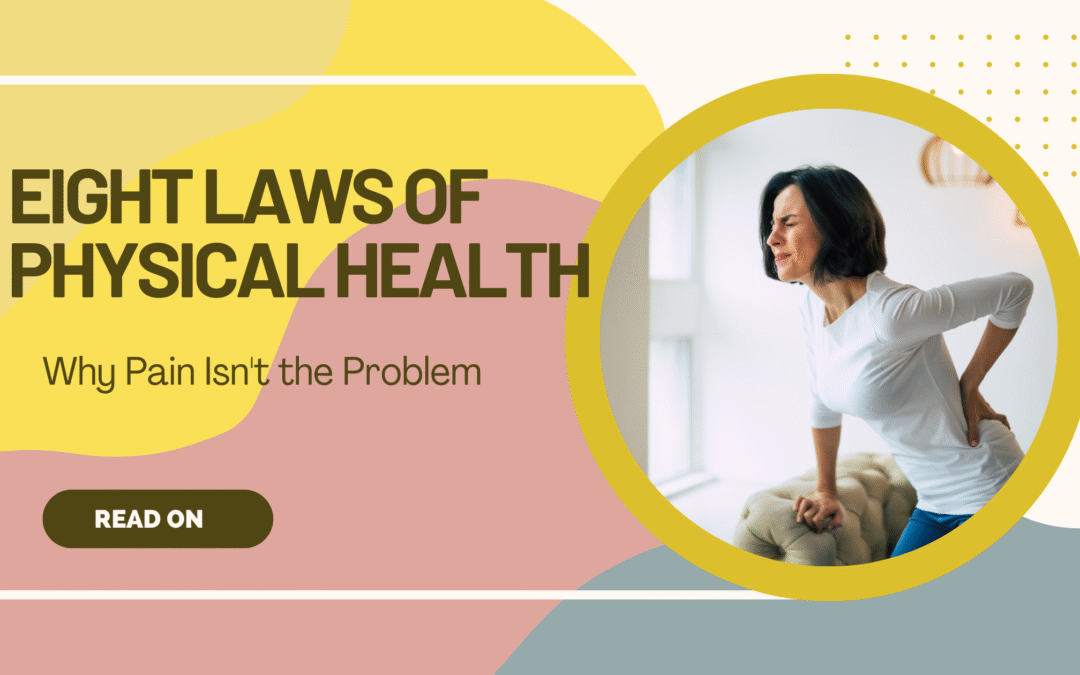The human body is a miracle of adaptability. It will do everything it can to keep you upright and moving—even if that means compensating in ways that eventually lead to pain.
And if your body is in pain? There’s a high chance you’re violating one (or more) of the Eight Laws of Physical Health.
These laws aren’t complicated, but when we ignore them, we create imbalances. When those imbalances become long-term, we start seeing dysfunction—pain, tightness, inflammation, and yes, surgeries that maybe could’ve been avoided.
Let’s stop masking symptoms. Let’s start getting to the root cause.
Law 1: Vertical Loading
Your body is designed to work with gravity—not fight it.
When your body is vertically aligned, gravity exerts a positive force that supports circulation, balance, and movement. When you’re out of alignment, muscles have to compensate to keep you upright. That’s when the wear and tear begins.
Law 2: Dynamic Tension
There’s a constant tug-of-war happening between the front and back of your body.
Front = flexion.
Back = extension.
When one side is dominant (e.g. slouched posture or a sway back), things get pulled out of balance. Your body compensates, and eventually, the pain sets in. Try this: exaggerate a slouch and try to breathe deeply. Now sit tall and try again. Feel the difference?
Law 3: Form and Function
Muscles tell bones what to do.
Every movement originates in the muscles. When muscles aren’t doing their jobs—maybe due to sitting all day, injury, or disuse—they pull bones out of alignment. That’s when abnormal wear and tear sets in. And sadly, once the pain’s gone (e.g. post-surgery), most people go back to the same habits that caused the damage. It doesn’t have to be that way.
Law 4: Breathing
Breath is life.
And yet, most of us aren’t breathing properly. Shallow, chest-only breathing keeps the body in a state of stress. Deep, diaphragmatic belly breaths (20 at a time, several times a day!) help activate the parasympathetic nervous system—your rest, restore, and heal zone. And guess what? Your posture affects how well you can breathe. It’s all connected.
Law 5: Motion
Movement isn’t optional—it’s essential.
All your body systems rely on movement to function. When we move less, our metabolic rate slows, our lymphatic system stagnates, and health declines. Want better digestion, better immunity, better mood, and less pain? Keep moving.
Law 6: Balance
True health is symmetry in motion.
Balance happens when muscles on both sides of the body are working equally. But when we favour one side, or repeat imbalanced movements, we set ourselves up for long-term dysfunction. Even when exercising, be mindful of alignment. Don’t strengthen compensation patterns—correct them.
Law 7: Stimulus
Your body reacts to everything—24/7.
It doesn’t get a break from gravity, tension, inflammation, or toxicity. If movement is limited, your body becomes more vulnerable to outside stressors—absorbing rather than deflecting them. Motion feeds resilience. Don’t stop.
Law 8: Renewal
This is the law that gives me hope.
Because it means nothing is permanent. Your muscles, bones, nerves, cartilage—they’re all living tissue. They can heal. They can regenerate. But only if we stop violating the other laws.
When we nourish our bodies, realign our posture, and commit to daily movement, we create the conditions for renewal.
So, what now?
✨ What do you want for your health and wellbeing?
✨ What small habits are you ready to change?
✨ How can I help support your journey?
Yes, your body can heal. You just have to give it the right environment.
If you’re curious about how to get started—or ready to take the next step—reach out. I’m here to help.

